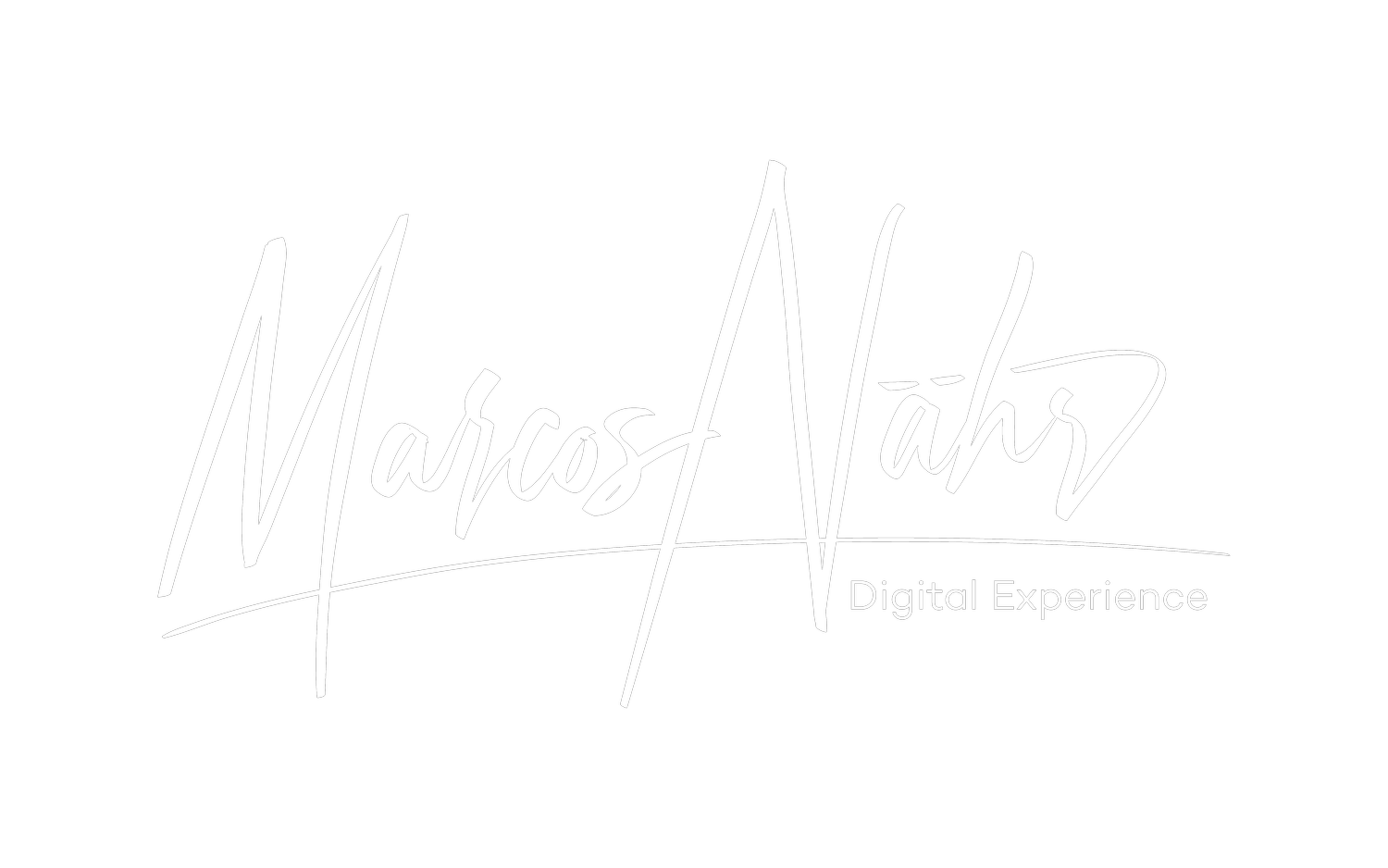The Evolution of Design Leadership in Tech
In the tech industry, design has evolved from aesthetics to strategic innovation.
This shift has elevated the importance of design within organizations and spotlighted the critical role of design leadership.
Design leadership is fundamentally about harnessing the power of design to guide and inspire teams toward creating meaningful, impactful innovations. It transcends traditional leadership by incorporating visionary foresight, strategic thinking, and a deep understanding of the human-centric approach to design.
Historical Context
Traditionally, the tech industry prioritized technical proficiency and market viability, often relegating design to a secondary role. As the importance of user experience grew, the view of design in technology changed.
This evolution was not instantaneous but a gradual recognition of design's value in creating more intuitive, user-friendly products. Early design leaders had to navigate this shifting landscape, advocating for the integration of design thinking at every stage of product development.
Strategic Design Leadership
Today's design leaders are visionaries who imagine what the future can hold and strategize how to get there. They're responsible for steering corporate design investments and managing business reputation through exceptional customer experiences.
They create innovative environments and organize teams for maximum creativity and productivity. This requires a specific skill set, including the ability to inspire under pressure, communicate effectively, and nurture creativity.
The Significance of Design Leadership
Today, design leadership is about more than just overseeing design teams; it's about embedding design thinking into the fabric of the organization.
Effective design leaders utilize this approach to develop strategies that blend creativity with practicality to meet contemporary needs, propelling organizations forward.
Impact on Tech and Beyond
Design leadership has a wide-reaching impact that goes beyond internal team dynamics and influences entire organizations and the tech industry as a whole. This influence is seen in how products are conceived, created, and brought to market.
Leaders in design have pushed the boundaries, redefining what technology can achieve and how it interacts with users. Their work underscores the transformative power of design, from enhancing user satisfaction to driving economic value.
Looking Forward
Design and its leaders must evolve as technology advances to stay innovative and meet user needs.
Design leaders will play a crucial role in shaping the tech landscape, ensuring that design remains a key component of innovation and strategic planning.
The evolution of design leadership in tech underscores the transformative impact of design on both products and processes. Today's design leaders are not just managers; they are visionaries, strategists, and innovators. Their role is crucial in navigating the complexities of the modern tech landscape, driving the creation of products that are not only functional but also meaningful and user-centric.
In the future, the significance of design leadership will continue to grow, marking a new era of innovation driven by empathy, creativity, and strategic thinking.
